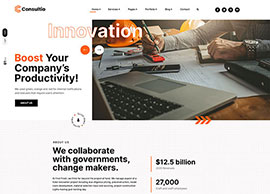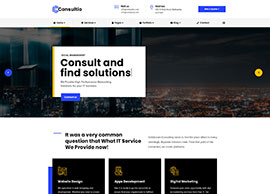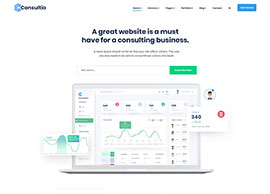Introduction


The blockchain is a decentralized accounting and bookkeeping system. In contrast to the traditional ledger, blockchain is also known as a distributed ledger. This is because there is no single trusted entity maintaining a single central ledger, but rather many players running the same ledger simultaneously. An agreement among these parties replaces the central authority. As a result, blockchain is primarily a more robust method of accounting with lower expenses for assuring the central authority’s trustworthiness, audits, transparency rules, etc.
However, it comes at the expense of running numerous nodes that must agree on the same information. This is incredibly demanding computationally. Therefore, blockchain can challenge centralized accounting in societies where the cost of generating, storing, and transmitting information is less than a crucial threshold. For example, consider a pre-digital economy, such as an ancient agricultural society: “It would be prohibitively expensive for every farmer to keep track of who owns which land and who owes how many units of product to whom and then meet with other farmers regularly to compare ledgers and reach an agreement.”
The Applications of Blockchain
A blockchain can be used for almost any purpose where data must be kept, and people must agree on it. This is not restricted to cryptocurrencies, but this is the most obvious use for most people. It is only the cryptocurrency that has brought blockchain technology to the forefront.
Money and credit are excellent candidates for blockchain implementation. Blockchain helps us know who has access to what resources and ownership of these resources can be transferred with minimal friction.
Blockchain Use Cases
Several non-crypto applications include:
Insurance: Instead of each insurance company maintaining a centralized ledger for all client claims that need to be verified, the claims may be recorded on a blockchain, reducing the likelihood of customers filing repeated claims for the same occurrence. It lowers the cost of auditing and verifying claims, increases automation, lowers the cost of insurance, and widens the addressable market for under-insured/uninsured market groups.
Real estate: Each transaction may be recorded on a blockchain, increasing the efficiency and security of protecting and transferring ownership. Currently, we rely on a government-run centralized database to keep track of who owns what land.
Personal Information: Rather than storing everyone’s identity such as citizenship, social security number, driver’s license in central databases that may or may not communicate with one another, it could be stored on a blockchain, where each node agrees on who exists and what rights they have (voting, driving, and healthcare services).
Although, there are numerous beliefs that if this technology gets into the “wrong” hands, it might have bad implications, including violation of personal privacy.
Royalties: All digital media might be stored on a blockchain, where each transaction is public, and the right to consume or transfer it is guaranteed regardless of the platform on which it was purchased. It also automates the payment of royalties to digital content providers.
Solving real-world problems…
The majority of blockchain technology’s possible applications share the fact that some kind of asset or right ownership is publicly recorded and secured by public consensus. The final convergence of these use cases will be creating databases tracking all assets, rights, and obligations.
This can boost asset efficiency and liquidity significantly. Due to a lot of frictions in the markets, a substantial proportion of assets still cannot be rightly valued. Achieving fair price discovery through frictionless markets is a multi-trillion dollar problem that could be solved using blockchain technology.
Next, since there will be many comparable transactions on the blockchain, these products will have extremely solid value indicators. The book value of these assets can also be utilized as a kind of leverage when acquiring other items (For example, they can be used as collateral when purchasing a home). Lenders will have a better knowledge about what your book royalties are worth because all other book royalty agreements that are being sold will appear in the blockchain, and so on.
What is Holding Blockchain Back?
- Not easily scalable since mining a block necessitates solving extremely complicated arithmetic problems.
- Blockchains require a significant amount of energy to operate.
- Blockchain networks posses a serious risk of “51% attack” – Which means that control of the network can be obtained if one entity controls 51% or more of the network nodes.
Final thoughts
Blockchain technology startups are being sold (funded) like hotcakes over the past few years. Sure, the technology is very promising with a much broader use-case(s).
Eventually (and soon), we might witness startups coming up with genuine ideas, and the capacity to solve a real-world problem utilizing blockchain technology, such as improving the user experience of something or decreasing the cost of an economic operation (or both). This might become a highly appealing financial opportunity to engage in if identified early.















































